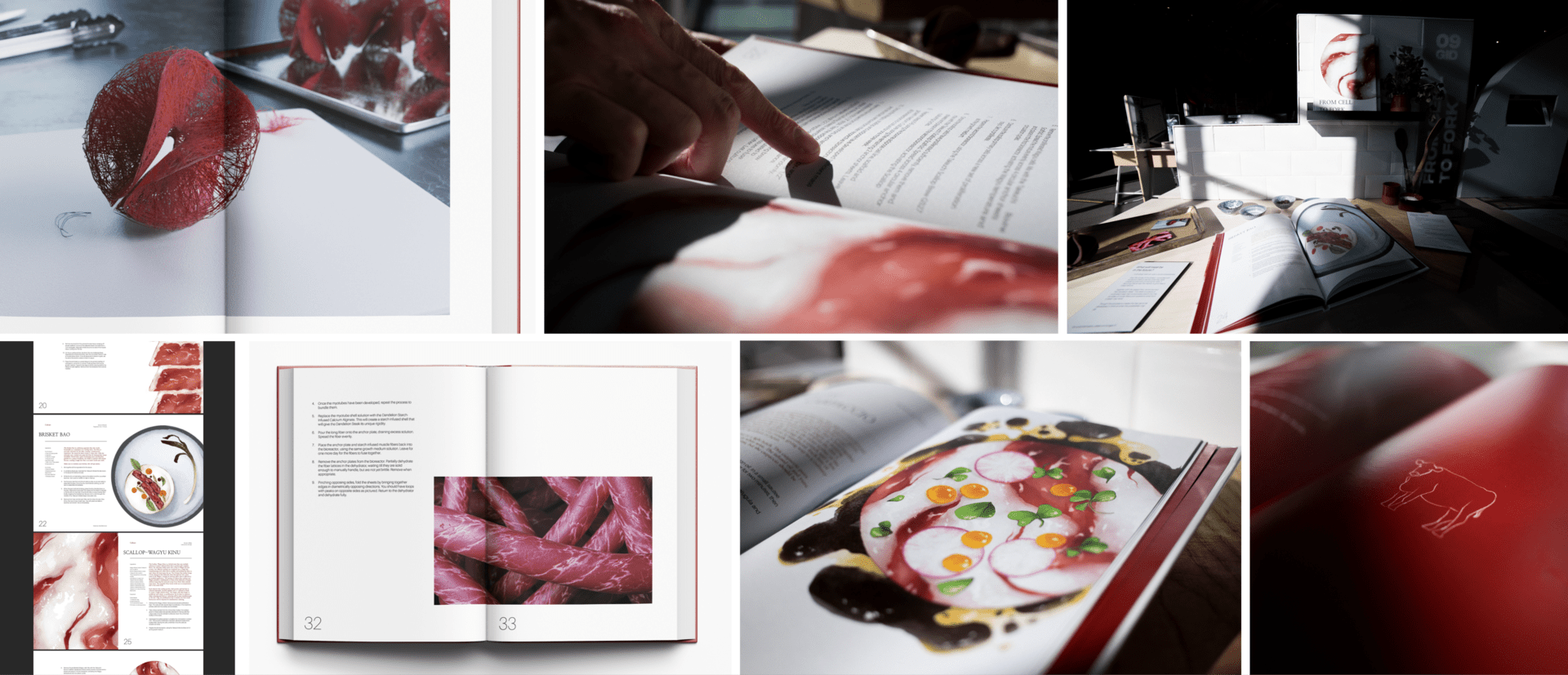Ahad Mahmood is an interdisciplinary designer and filmmaker from Pakistan, Singapore and New York. Prior to enrolling at the RCA/Imperial College, he worked as a Director and Director of Photography in New York. Currently, much of his work focuses on two themes; food systems and the social and personal affects of technology. Ahad hopes to leverage his experience to help design for a more sustainable and humane future.
Experience:
Commercial Director & Director of Photography - Schrom & Co. - New York (2016 - 2020)
Director of Photography - Freelance (2015 - Ongoing)
Education:
Global Innovation Design MA/MSc - Imperial College & Royal College of Art (2020-2022)
Film and Television Production BFA - NYU Tisch School of the Arts (2012-2016)














